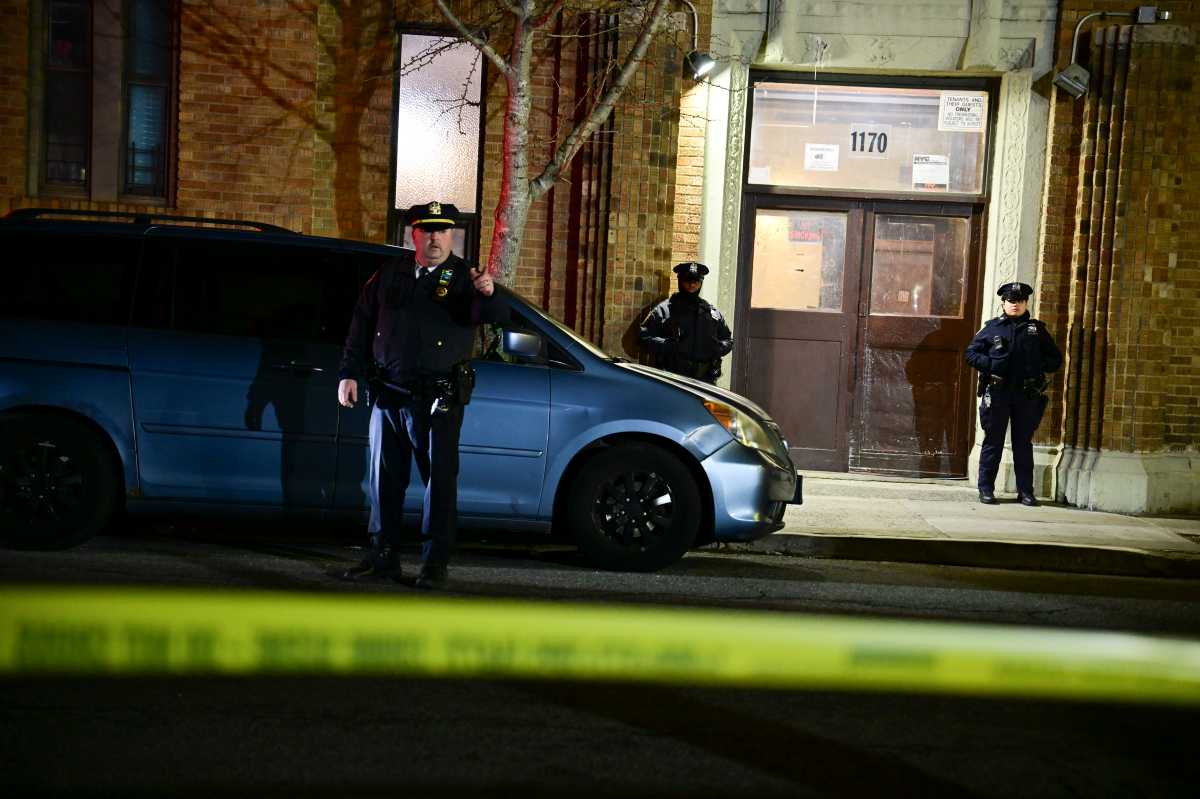Rikers Island will soon be run by a court-appointed official after a federal judge on Tuesday ordered the troubled jail complex into receivership — a rare and sweeping intervention meant to end years of violence, mismanagement, and constitutional violations that the city failed to correct.
The decision makes Rikers Island the 13th jail or prison system in the nation to fall under federal receivership since 1979.
Chief US Judge Laura Taylor Swain’s May 13 ruling followed a November 2023 contempt finding against the city for its failure to meet obligations under the 2015 Nunez v. City of New York consent decree. “The use of force rate and other rates of violence, self-harm, and deaths in custody are demonstrably worse than when the consent judgment… came down,” Swain wrote in a 77-page decision. In 2025 alone, five people died in custody at Rikers.
Under Judge Swain’s order, an independent remediation manager will have “the responsibility and authority to take all necessary steps to achieve Substantial Compliance” with the November contempt findings.
The appointee will operate independently of both city and federal officials and will answer only to the court. Parties in the case must submit a list of four proposed candidates for the role by Aug. 29. The manager will then have three years to bring the jail into compliance.
The yet-to-be-named remediation manager will be tasked primarily with eliminating constitutional violations inside the facility, particularly those related to unsafe conditions and violence.
Rikers Island receivership ‘a measure of last resort’

According to Hernandez Stroud, senior counsel in the Brennan Center for Justice Program, their approach will likely be shaped by their relationships with stakeholders, including city agencies, unions, and elected officials.
“This is a measure of last resort,” Stroud told amNewYork. “Only after courts have attempted lesser remedial approaches can it turn to a receivership.”
As for the city’s long-term goal of shutting down Rikers by 2027, Stroud emphasized that the receivership and the closure timeline are “parallel but separate” efforts.
“Whether Rikers closes by a certain date is a political question. The court is just concerned with eliminating the constitutional violations,” Stroud said, though he acknowledged the receiver may take steps that support closure.
“One thing that the judge mentioned in her opinion that she could have tried, but thought it would be premature, was the empanelment of a three-judge court that could issue a release order for Rikers,” Stroud said. “In other words, you could have a court ruling that would require the jails to house fewer people. Swain also noted in her ruling that other potential remedies — such as jailing officials, levying fines, or ordering a population cap — would not have produced “sufficient constitutional change.”
The receivership may also intersect with a separate legal dispute between the Adams administration and the City Council over a proposal to allow U.S. Immigration and Customs Enforcement (ICE) to return to Rikers.
While the Department of Correction commissioner retains control over parts of the jail unrelated to the litigation, the remediation manager could intervene “only if the remediation manager believes that the presence of ICE would implicate their work,” Stroud said.
“The remediation manager will have jurisdiction over the policies and practices — use of force, for example,” he added. “You would have to imagine a scenario where the presence of ICE, if they’re allowed on Rikers… is implicated in the remediation manager’s work to reduce violence.”
On how the receivership might affect detainees, Stroud pointed to possible policy, staffing, and infrastructure changes. “There are doors on Rikers that don’t lock properly, so changes like that might come to the jail quicker,” he said. “There could be a number of changes, but it’s hard to say specifically what they’ll look like or when they’ll materialize.”
Despite the scale of the intervention, Stroud said finances were unlikely to be a limiting factor.
“This is a well-resourced, well-financed jail system,” he said, citing city spending of roughly $500,000 annually per detainee.
He said the most important outcome is that the reforms implemented under receivership are “sustainable politically” and continue even after the court steps away.
“This process would be null and void if it results in changes that aren’t durable,” Stroud said.





































